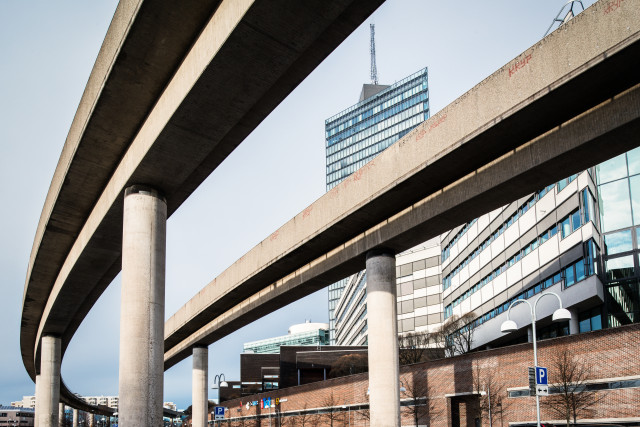The course consists of lectures with student participation and using VISUM or other computer tools to plan a simple route and do a simplified analysis of this.
Student participation in the lecture sessions means that several things may occur:
- A project for public transport planning
- A scheduling task for railway
- Submit a written report similar to a consultant's report in terms of performance and quality
- Written test and oral test
- A self-study and presentation of this
- study
- Preparation of information appearing
- Oral presentation to the class. Everyone should be prepared to present.
- Roleplay.
The course provides a basic knowledge of the condition, design, management and control of a public transportation system. Environmental impact, market, vehicle systems, planning, financing and organization are treated on a general level. The project task highlights the dimensioning of a public transport system using tools, traffic planning and the implementation of the traffic system in an urban region.
The students should after the course:
- be able to reason about the role and market of public transport and its contribution to economic and social sustainability
- explain the various steps in the planning of public transport
- describe the properties, e.g. capacity of different public transit systems, and be able to make realistic estimates
- account for good and poorer conditions for public transport in geographic planning
- describe the design of various types of infrastructure; stops, bus lanes, track and other infrastructure for bus and rail
- be able to describe how public transport in general is organized, its procurement and financing
- be able to carry out a simple planning and analysis of public transport route networks
